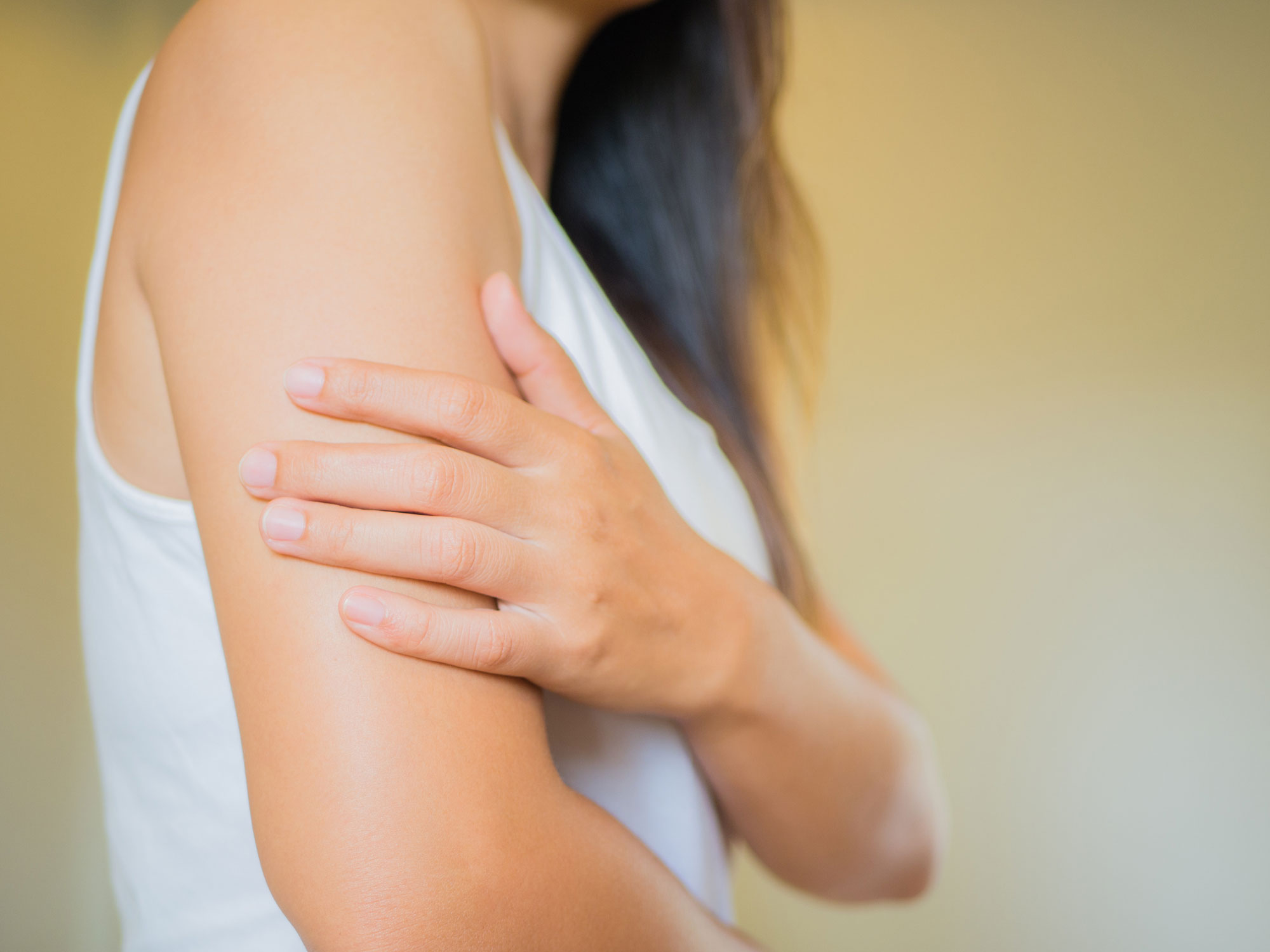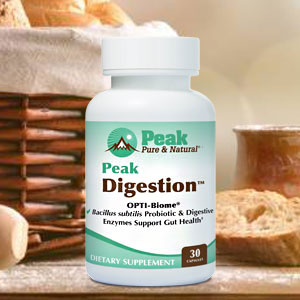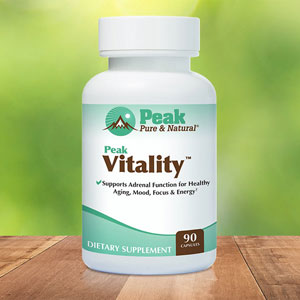Get Easy Health Digest™ in your inbox and don’t miss a thing when you subscribe today. Plus, get the free bonus report, Mother Nature’s Tips, Tricks and Remedies for Cholesterol, Blood Pressure & Blood Sugar as my way of saying welcome to the community!
Keratosis pilaris: The bumpy skin on the back of your arms and how to make it go away

Have you ever wondered how to get rid of those tiny bumps on the back of your upper arms?
You know… the ones that feel like “chicken skin,” even when you’re not cold.
Well, these rough patches of skin with tiny bumps can develop in other places too, including your cheeks, thighs or buttocks. They feel a bit like sandpaper.
Fortunately, they’re not painful or itchy, just annoying and maybe a little embarrassing.
Those bumps amount to a common skin condition known as keratosis pilaris, resulting in hair follicle openings getting plugged with keratin.
Let’s examine what causes this common, benign skin condition and how to treat it…
Keratosis pilaris causes
Although we know keratin overproduction and plugging are involved, dermatologists don’t really know why these hair follicles plug up.
One clue is that keratosis pilaris is often found in persons with dry skin, seasonal hay fever, rhinitis, asthma, eczema, or atopic dermatitis. That means this skin condition could result from immune hypersensitivity to something in a person’s environment.
Therefore, the underlying causes of keratosis pilaris can include:
- Subtle allergy to a food or chemical. This triggers inflammation to manifest in vulnerable skin areas
- Stressful emotions that release stress chemicals of inflammation (e.g., inflammatory cytokines)
- Dry skin from personal hygiene products
- A genetic predisposition
- Friction from tight clothes
First step to relief
Some first steps can reduce the severity of keratosis pilaris:
- Limit bath/shower time and lower water temperature to reduce skin oil loss
- Use moisturizing soap or moisturizing ointment. Lanolin, petrolatum, glycerin, and combination products such as Eucerin and Cetaphil can moisturize if applied several times daily. Other products could include cocoa butter, shea butter, and coconut oil.
- Use a humidifier, although it may not be practical to highly humidify your home.
- Reduce friction or tight clothing in the affected area; this could be a cause
In most cases, simple moisturizing creams will have a minimal effect but are helpful to maintain a healed skin state. You’ll probably need to remove the dead cells (exfoliate) from the affected skin area. Exfoliation helps get rid of the small keratin plugs of keratosis pilaris.
Medicated creams that exfoliate skin contain urea, lactic acid, alpha hydroxy acid, or salicylic acid. These are purchased over the counter or by prescription.
Prescription relief
Most effective prescription topicals are from a few different ingredient categories and include:
Vitamin A creams (topical retinoids) promote cell turnover and prevent plugging of hair follicles:
- Tretinoin (e.g., Retin-A) inhibits microcomedo formation and eliminates the lesions present. It makes keratinocytes in sebaceous follicles less adherent and easier to remove. Tretinoin topical is available as 0.025%, 0.05%, and 0.1% creams and 0.01%, 0.025%, 0.04%, and 0.1% gels.
- Tazarotene (e.g., Tazorac) is a synthetic retinoid drug with less skin irritation than Tretinoin. Its active metabolite stimulates differentiation and proliferation of epithelial skin with anti-inflammatory properties.
Adapalene (Differin): Adapalene acts on retinoid receptors. It treats acne by its effect on cellular differentiation, keratin formation, and inflammation. It normalizes the formation of follicular epithelial cells to comedone formation. Comedones are small acne bumps; blackheads are open comedones, while whiteheads are closed comedones (the follicle is completely blocked). Adapalene is often tolerated by those who cannot tolerate tretinoin creams. Expect a therapeutic response after 8-12 weeks of therapy.
Alpha hydroxy acid is a normal constituent of tissues and blood. Alpha hydroxy acids such as Lac-Hydrin act as humectants (to moisturize) and break down keratin plugging when applied topically. Use the 12% cream or lotion.
Urea promotes hydration and removal of excess keratin of hyperkeratosis. It is available in 10-40% concentrations. Topically applied urea increases water retention in skin and decreases itching.
Corticosteroid creams range in potency more than 1,000-fold from hydrocortisone 1% (over-the-counter) to betamethasone 0.05% or clobetasol 0.05%. These have profound anti-inflammatory and vasoconstrictive properties. The way to make steroid cream/ointment super potent is to cover the area with a plastic (sandwich) wrap for an hour or more to drive the medicine much more fully into your skin.
Remember that high potency topical steroids should not be used longer than three weeks to prevent tolerance (it stops working) and tachyphylaxis (your symptoms rebound worse after you stop). Use the pulse-dose method to circumvent that problem: stop using it after 1-2 weeks to avoid rebound symptoms; allow for a steroid-free period of at least a week.
Once steroid cream has dramatically improved the irritated skin, urea and salicylic acid cream can be used to maintain it.
Topical immunomodulators such as tacrolimus (Elidel) or pimecrolimus (Protopic) are also effective in treating keratosis pilaris.
Procedures
If creams aren’t effective for keratosis pilaris, in-office procedures may help. These include:
- Dermabrasion or microdermabrasion
- Chemical peels
- IPL (intense pulsed light) or laser light therapy
- Blue light therapy (less effective)
- Surgical extraction of trapped hairs or keratin plugs
Editor’s note: Regain your health and enjoy a full, vibrant life by defeating the real culprits of premature aging and sickness — excessive, damaging acid in your body! The truth is when you’re alkaline, wellness thrives and sickness takes a dive. Click here to discover The Alkaline Secret to Ultimate Vitality!
Source:
- Choosing Topical Corticosteroids — American Family Physician















